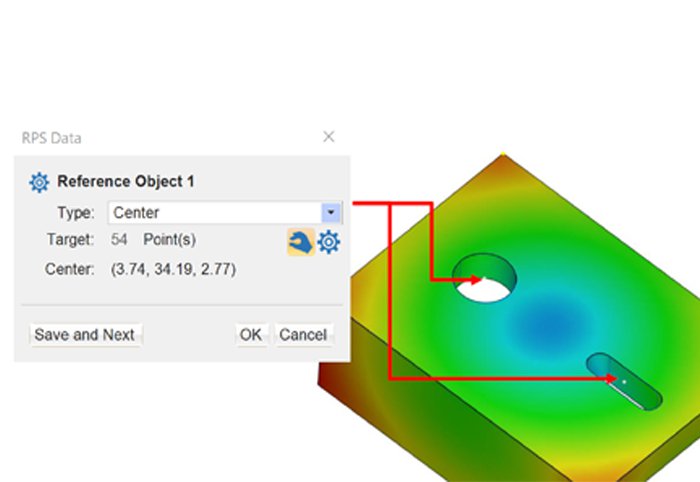
RPS alignment
ESPECIALLY FOR OUR USERSTake your predictions to a new level with RPS alignment. By defining specific reference points, you can align simulation results with the measurement protocol. For example, this is useful for optical measurements. This makes the measurements comparable. Instead of displaying the distortion in the best-fit as standard, display it as in your measurement report. Discover the potential of RPS alignment with Moldex3D today!
Today, we will introduce you to the RPS (Reference Point System) alignment in Moldex3D. This essential feature increases the accuracy of your simulations and makes them more realistic.
So, what is RPS alignment?
It is a method of defining reference points on your model to precisely control geometric alignment in simulations. Selecting the correct reference points is essential for ensuring comparability with real-world measurement protocols.
Advantages of RPS Alignment:
__ Increased comparability to the real measurement protocol. By precisely defining reference points, simulation results can be more accurately predicted. This makes it a more reliable tool for evaluating deformation results.
Previous alignment functions could only align using the component's mesh nodes. The advantage of the reference point system is that it allows the reference point to be aligned with geometry centers and edges.
How does RPS alignment work?
__ RPS alignment allows users to select specific points on the model that serve as references for alignment. Various options are used to set the points and determine the fixation directions. All set points are weighted equally. The 3-2-1 rule must always be observed when defining the points. If this rule is not observed, a message will appear in the software.
After defining the points, the result of the deformation based on the RPS alignment shows the distortion.
